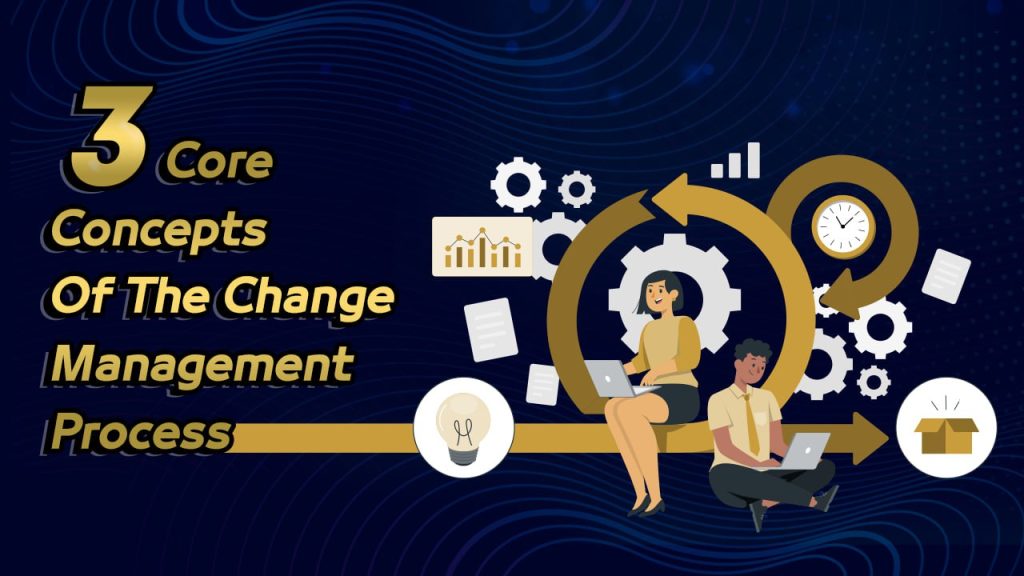In the fast-paced world of corporate leadership, the concept of executive wellbeing is gaining recognition as a critical factor influencing organizational success. This article delves into the multifaceted nature of executive wellbeing and its profound impact on performance, workplace culture, and long-term organizational outcomes.
Defining Executive Wellbeing
Executive well-being encompasses the physical, mental, and emotional health of leaders in corporate settings. It goes beyond traditional wellness programs, emphasizing a holistic approach to ensure that executives thrive both personally and professionally.
Understanding Executive Wellbeing
The Link Between Wellbeing and Performance
Executive well-being is directly linked to performance. Healthy executives are more adept at making sound decisions, leading with clarity, and navigating challenges effectively. This synergy between wellbeing and performance is crucial for sustaining organizational success.
Creating a Positive Work Environment
The well-being of executives plays a pivotal role in shaping the overall workplace culture. Organizations that prioritize executive well-being often foster environments that promote collaboration, innovation, and employee satisfaction. This positive culture, in turn, contributes to enhanced productivity and employee retention.
Building Blocks of Executive Wellbeing
Stress Management for Executives
Leadership roles come with unique stressors, making effective stress management crucial for executive well-being. Strategies tailored to executives, such as mindfulness practices and prioritizing self-care, empower leaders to handle high-pressure situations while maintaining their well-being.
Balancing Professional and Personal Life
Executives face the challenge of balancing demanding roles with personal responsibilities. Establishing boundaries, prioritizing self-care, and integrating work-life balance strategies are essential for maintaining equilibrium. The positive impact of a balanced lifestyle reverberates through an executive’s effectiveness and overall well-being.
Executive Wellbeing Programs and Initiatives
Organizations committed to executive well-being implement targeted programs. These initiatives may include health and wellness resources, leadership development programs, and mental health support. Successful examples demonstrate the tangible benefits of investing in the health of top leadership.
The Ripple Effect on Organizational Dynamics
Connection Between Executive Wellbeing and Employee Morale
The well-being of top leadership significantly influences the morale of the entire workforce. Executives who prioritize their health set a positive example, fostering a culture where employees feel supported. Testimonials from employees highlight the transformative impact of executive wellbeing on workplace culture.
Long-Term Benefits for Organizations
Prioritizing executive well-being yields long-term benefits for organizations. It enhances resilience, boosts employee engagement, and positively impacts the bottom line. Organizations with healthy and thriving executive teams are better positioned to navigate challenges and capitalize on opportunities.
Challenges and Solutions
Challenges in Prioritizing Executive Wellbeing
Despite the evident benefits, organizations may face challenges in prioritizing executive wellbeing. Resistance to change and competing priorities are common obstacles. Overcoming these challenges requires a cultural shift, education on the importance of well-being, and leadership advocacy.
Building a Supportive Leadership Community
Encouraging collaboration and support among executives creates a leadership community that fosters collective well-being. The positive impact of this approach extends beyond individual success, contributing to a culture of support and resilience.

Conclusion
In conclusion, executive well-being is a cornerstone of organizational success. By recognizing the interconnectedness of personal and professional aspects, organizations can create environments where executives thrive. Prioritizing executive wellbeing not only enhances individual performance but also elevates workplace culture and sets the stage for sustained success.
FAQs
Q: What is the impact of executive well-being on organizational success?
A: Executive well-being has a direct impact on organizational success. A healthy and thriving executive team leads to improved decision-making, enhanced leadership capabilities, and a positive workplace culture. The overall well-being of executives contributes to better organizational performance and outcomes.
Q: How can organizations promote executive well-being?
A: Organizations can promote executive well-being by implementing initiatives and programs that address the unique stressors faced by executives. This includes fostering a positive work environment, providing stress management resources, encouraging work-life balance, and creating a supportive leadership community.
Q: What are the long-term benefits of prioritizing executive wellbeing?
A: Prioritizing executive well-being yields long-term benefits for organizations, including increased organizational resilience, improved employee morale, and positive financial implications. A healthy and thriving executive team sets the tone for a resilient and successful organization over the long term.
Q: How can executives balance their professional and personal lives?
A: Executives can balance professional and personal lives by setting clear boundaries, prioritizing self-care, and incorporating stress management strategies into their routines. Achieving a healthy equilibrium between work and personal responsibilities positively impacts executive effectiveness and overall well-being.
Q: What challenges do organizations face in prioritizing executive wellbeing, and how can they overcome them?
A: Organizations may face challenges such as resistance to change and competing priorities. Overcoming these challenges involves fostering a culture that values executive health, providing education on the importance of wellbeing, and having leadership actively champion the cause of executive wellbeing.




